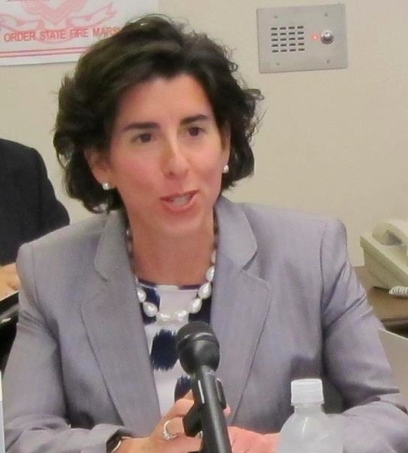The Maryland State Retirement and Pension System experienced a 14 percent return in the 2013-14 fiscal year. The fund’s then-Chief Investment Officer, Melissa Moye, touted the returns as “strong” – but a new report suggests not only that those returns were below-median level, but also that they were driven by a shift in investment strategy that put more money in alternative investments.
From David Sirota at the International Business Times:
According to [report authors] Walters and Hooke, a former Lehman Brothers executive, that shift [of assets to Wall Street] coincided with below-median returns for Maryland’s public pension system.
“Ironically, as the fund’s relative performance has declined, its Wall Street money management fees have risen,” the report says. “In fiscal year 2014 alone, the Maryland state pension fund paid out roughly $300 million in fees to Wall Street money managers. Over the past 10 years, these money management fees amounted to over $1.5 billion, according to the fund’s annual financial reports. Nevertheless this high-priced advice resulted in 10-year returns that were $3.22 billion (net of fees) below the median.”
If the fund had matched medianreturns for public pension systems across the country, “the state could have awarded 80,000 poor children with $40,000 four-year college scholarships,” Hooke and Walters wrote.
Maryland’s shift into alternative investments happened while the securities and investment industries made more than $292,000 worth of campaign contributions to Democratic Gov. Martin O’Malley, who appoints some members of the Maryland pension system’s board of trustees. Vice News has reported that the Private Equity Growth Capital Group is a financial backer of a 501(c)4 group co-founded by O’Malley. In May, Pensions and Investments magazine reported that the Maryland governor appointed a managing director of an alternative investment firm called The Rock Creek Group to head a state task force on retirement policy.
Meanwhile, the chief investment officer of Maryland’s pension system was recently appointed to a senior position in the U.S. Treasury Department overseeing public pension policy.
“Eliminating active managers, selling alternative investments, and adopting indexing for 90 percent of the state’s portfolio would ensure median performance,” his report concludes. “These actions would also save the state huge amounts in money management fees.”
Hooke has testified in front of lawmakers advocating the increased use of index funds in pension investments – a strategy that would have worked well the last 4 or 5 years, but one that offers little protection against market contractions.
Since 2008, Maryland has more than doubled its investments in private equity, real estate and hedge funds. Those asset classes made up 29 percent of its portfolio in 2013.









